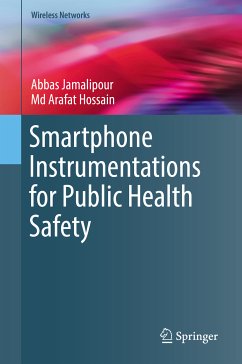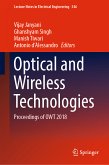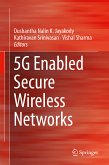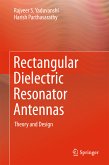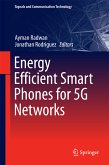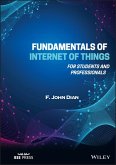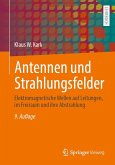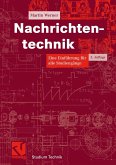This book also discusses some limitations, possible recommendations and scopes for further instrumentations using smartphones and other smart devices. Particularly, the opportunity to integrate the devices into the global Internet-of-Things (IoT) platform will be discussed.
Researchers and instrumentation designers in optical and photonic sensing, smart and IoT-based sensing, biological and environmental analysts, agricultural, and food quality researchers (and public health authorities) will find this book useful as reference. Students in science and engineering disciplines for teaching and educational purposes will also find this book useful as a secondary textbook.
Dieser Download kann aus rechtlichen Gründen nur mit Rechnungsadresse in A, B, BG, CY, CZ, D, DK, EW, E, FIN, F, GR, HR, H, IRL, I, LT, L, LR, M, NL, PL, P, R, S, SLO, SK ausgeliefert werden.

